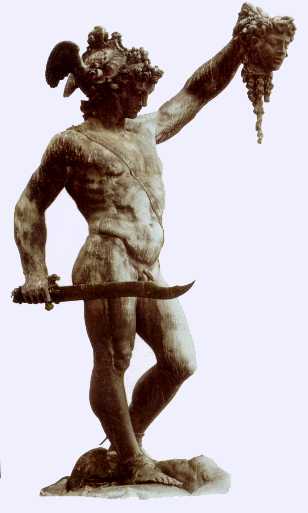
In this study, about a hundred years passed before the beginning of the Principatus Period through Augustus, the building activities supported by Rome in the cities and the rights that could contribute to the development of cities by way of indirect financial assistance are assessed. These types of contributions made to certain cities are known from the writings of ancient authors in the Republican Period, and mostly from epigraphic evidence from the period of the Principatus. It is almost disappears in the Republican period between the years 129 when the Roman administration formalized its presence in Anatolia and 31 B.C. However, the number of buildings constructed or supported in Anatolia by the budget of the Roman administration is very few. Most of the existing remains in the ancient settlements in Anatolia date from the Roman period, and from later periods. Today the most important factor in determining the level of development and population of ancient cities is the amount, type and quality of the architectural structures of these settlements. In this regard, it should not be a mistake to consider the cities named Korykos and sites in their hinterlands with synonyms as well as attributes of Korykos/Korykosian could be linked with pirates/piracy just as the ethnicon of “Cilician” recalled pirates in the terminology of antiquity (App. When the ancient sources are explored it is seen that, particularly in the second and first centuries BC, cities called Korykos were either famed for piracy or for collaborating with pirates that, people called “Korykosian” (korykaios), who eavesdropped deliberately, aided and abetted the pirates, so much that comedy writers created a funny stereotype character called “korykaios (korykosian)” who eavesdropped deliberately.

Consequently it is worth noting that mountains, hills, rocks, promontories, harbors and coasts having the same toponyms in the hinterlands of Korykoses in Cilicia, Pamphylia, Lycia and Ionia are all linked with piracy and pirates, and furthermore, that the word korykaion is the name for pirates’ boats. The link between these activities and the mentioned name within the context of content and place constitutes the scope of the present article. This point is that many sites in Cilicia, Pamphylia, Lycia, and Ionia, which were somehow related with piracy, were widely called Korykos or Korykeia. A careful study of the abovementioned ancient sources reveals another point of curiosity, not entirely clarified to date. Historical references repeatedly tell about piracy in this region particularly in the second and the first half of the first century BC. Thanks to its position in the East Mediterranean and its well-protected natural harbors, coastline of southwest Anatolia assumed an indispensable geo-strategic importance both for central powers and for pirates, who were excluded from this sphere. "Pirates’ Havens in the Mediterranean:‘Korykos’es in Cilicia, Pamphylia, Lycia and Ionia At the same time when the Mediterranean stepped on the stage of history as a “sea route”, secondary powers took their positions in the region to somehow catch shares from this trade route. Rabbie (Constantijn Huygens Institut), J.

Background material orients the reader and provides the contextual basis for the innovative, critical work that occurs in the rest of the work, which includes perspectives on rhetoric and society such as the link between rhetoric and social power, the relationship between rhetoric and gender, and alternative approaches to rhetoric. While this volume covers the major aspects of Roman rhetoric, fresh treatment is given to Roman authors and works that have emerged as key figures and texts in the past two generations of critical inquiry. The book’s emphasis is upon rhetoric’s theory and practice within a broad variety of social, political and literary contexts. It utilises a wide variety of critical approaches and methodologies to present a contemporary critical, cultural and literary context for the study of Roman rhetoric. This book offers a detailed overview of the influence, theory and application of Roman rhetoric with a wealth of individual analyses of the role played by rhetoric in Roman culture.


 0 kommentar(er)
0 kommentar(er)
